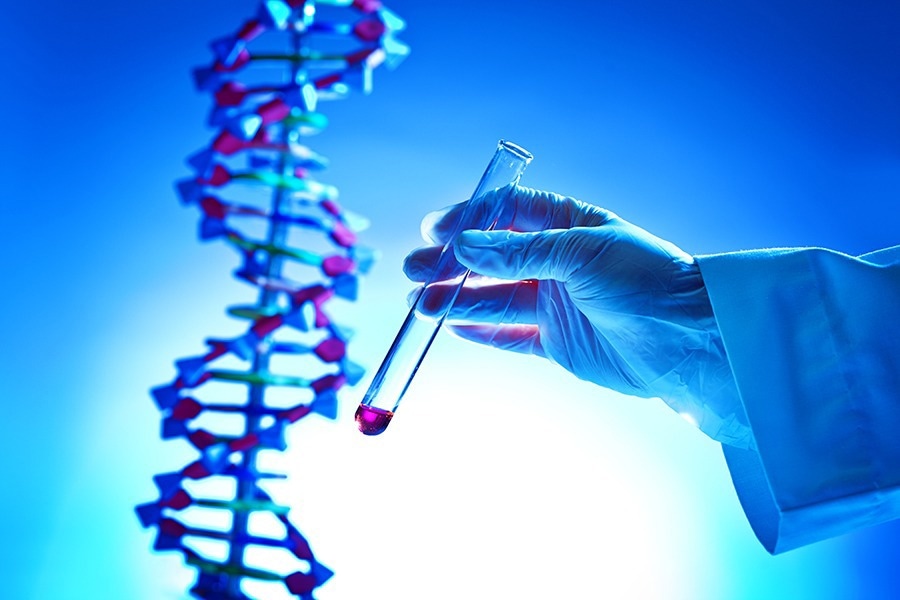Researchers from the University of Minnesota Twin Cities have, for the first time, created a novel tool to predict and customize the rate of a particular kind of DNA editing known as “site-specific recombination.” The study lays the groundwork for more individualized, effective genetic and cell therapies for diseases like diabetes and cancer.
 A University of Minnesota Twin Cities team has developed a new tool to predict and customize the rate of DNA editing, paving the way for more personalized, efficient genetic and cell therapies for diseases such as diabetes and cancer. Image Credit: University of Minnesota
A University of Minnesota Twin Cities team has developed a new tool to predict and customize the rate of DNA editing, paving the way for more personalized, efficient genetic and cell therapies for diseases such as diabetes and cancer. Image Credit: University of Minnesota
The study was released in Nature Communications, a multidisciplinary, peer-reviewed journal that focuses on the natural sciences.
In order to carry out site-specific recombination, enzymes that recognize and alter particular DNA sequences in living cells are used. It has significant applications for treating numerous diseases using cellular therapies.
For instance, immunotherapy involves removing immune cells from a patient and genetically altering them to combat disease like cancer. In these applications, it is indeed crucial to precisely regulate the timing of gene expression to enhance the therapeutic effects and reduce unwanted side effects.
Engineers from the University of Minnesota have created a process that combines high-throughput experiments with a machine learning model to increase the efficiency and predictability of the site-specific recombination process.
Investigators can set the rate at which the DNA is edited using the model. This implies that they can regulate the rate at which a therapeutic cell reacts to its surroundings and, consequently, regulate the rate at which it produces a drug or therapeutic protein.
To our knowledge, this is the first example of using a model to predict how modifying a DNA sequence can control the rate of site-specific recombination. By applying engineering principles to this problem, we can dial in the rate at which DNA editing happens and use this form of control to tailor therapeutic cellular responses.”
Casim Sarkar, Study Senior Author and Associate Professor, Department of Biomedical Engineering, University of Minnesota Twin Cities
“Our study also identified novel DNA sequences that are much more efficiently recombined than those found in nature, which can accelerate cellular response times.”
The site-specific recombination rate was first determined experimentally by Sarkar and his team, who then used that data to train a machine learning algorithm. This enables the researchers to quickly enter a DNA sequence, and the model calculates the probability that DNA will be recombined at that rate.
They also discovered that they could anticipate and manage the concurrent production of numerous proteins within a cell using modeling. This could be used to instruct therapeutic cells to produce various drugs in predetermined ratios or to instruct stem cells to create new tissues or organs for regenerative medicine applications.
Different patients may require different doses or a faster or slower cell response—not everyone is the same. By building genetic circuits inside cells that utilize multiple DNA sequences with different and defined recombination rates, we can now achieve things that were difficult to do previously, like program ratios of protein production in therapeutic cells. Our rational approach enables personalized treatment for the patient.”
Casim Sarkar, Study Senior Author and Associate Professor, Department of Biomedical Engineering, University of Minnesota Twin Cities
Source:
Journal reference:
Zhang, Q., et al. (2022) Model-guided engineering of DNA sequences with predictable site-specific recombination rates. Nature Communications. doi.org/10.1038/s41467-022-31538-3.